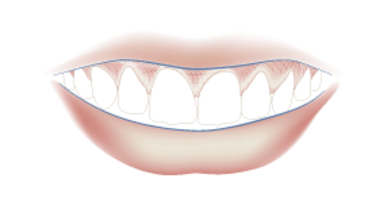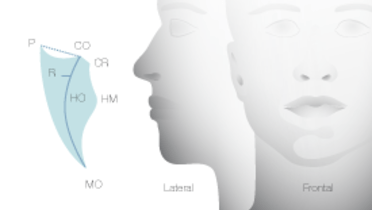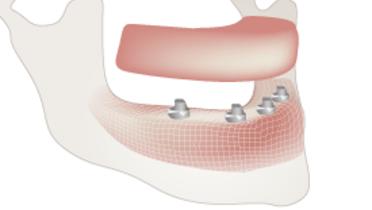-
0
Patient Assessment
- 0.1 Patient demand
- 0.2 Overarching considerations
- 0.3 Local history
- 0.4 Anatomical location
- 0.5 General patient history
-
0.6
Risk assessment & special high risk categories
- 5.1 Risk assessment & special high risk categories
- 5.2 age
- 5.3 Compliance
- 5.4 Smoking
- 5.5 Drug abuse
- 5.6 Recreational drugs and alcohol abuse
- 5.7 Parafunctions
- 5.8 Diabetes
- 5.9 Osteoporosis
- 5.10 Coagulation disorders and anticoagulant therapy
- 5.11 Steroids
- 5.12 Bisphosphonates
- 5.13 BRONJ / ARONJ
- 5.14 Radiotherapy
- 5.15 Risk factors
-
1
Diagnostics
-
1.1
Clinical Assessment
- 0.1 Lip line
- 0.2 Mouth opening
- 0.3 Vertical dimension
- 0.4 Maxillo-mandibular relationship
- 0.5 TMD
- 0.6 Existing prosthesis
- 0.7 Muco-gingival junction
- 0.8 Hyposalivation and Xerostomia
- 1.2 Clinical findings
-
1.3
Clinical diagnostic assessments
- 2.1 Microbiology
- 2.2 Salivary output
-
1.4
Diagnostic imaging
- 3.1 Imaging overview
- 3.2 Intraoral radiographs
- 3.3 Panoramic
- 3.4 CBCT
- 3.5 CT
- 1.5 Diagnostic prosthodontic guides
-
1.1
Clinical Assessment
-
2
Treatment Options
- 2.1 Mucosally-supported
-
2.2
Implant-retained/supported, general
- 1.1 Prosthodontic options overview
- 1.2 Number of implants maxilla and mandible
- 1.3 Time to function
- 1.4 Submerged or non-submerged
- 1.5 Soft tissue management
- 1.6 Hard tissue management, mandible
- 1.7 Hard tissue management, maxilla
- 1.8 Need for grafting
- 1.9 Healed vs fresh extraction socket
- 1.10 Digital treatment planning protocols
- 2.3 Implant prosthetics - removable
-
2.4
Implant prosthetics - fixed
- 2.5 Comprehensive treatment concepts
-
3
Treatment Procedures
-
3.1
Surgical
-
3.2
Removable prosthetics
-
3.3
Fixed prosthetics
-
3.1
Surgical
- 4 Aftercare
垂直距离
Key points
- 垂直和水平颌位关系是下颌正中颌位关系 (CR) 不可或缺的组成部分
- 在设计咬合重建修复时,记录特定于患者的垂直和水平颌位关系是一个必要的起点
- 美观和发音评估被视为选择咬合垂直距离 (VDO) 的最佳方法
垂直颌位关系或咬合垂直距离 (VDO)
在设计咬合重建修复时,记录特定于患者的垂直和水平颌位关系是一个必要的起点。垂直和水平颌位关系是下颌正中颌位关系 (CR) 不可或缺的组成部分,也是颌骨和牙齿发育和成熟正常过程的一部分。患者的首选垂直颌位关系反映了根据各种临床上获得的信息所做的知情决策,这是因为导致 VDO 变化的原因可能是未加治疗的后牙缺失、严重的牙列磨损、修复治疗不充分或长期配戴义齿。此外,下颌息止位及其 2-4 毫米的休止牙合间隙 (IRS) 或天然牙第一前磨牙之间的息止间隙是不稳定且不可靠的决定因素。
美观和发音评估被视为选择 VDO 必不可少的最佳方法。
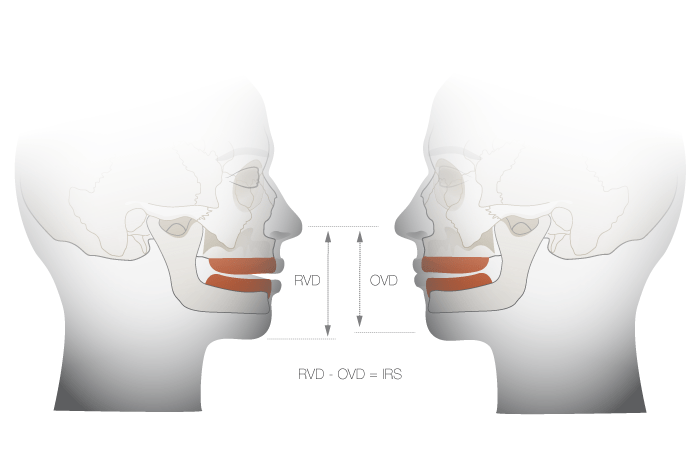
美观效果评估
面部皮肤外观是首要的考虑因素。面部支撑受面颊和嘴唇下面是否有牙以及是否有均匀的皮肤光滑度和纹理影响。衰老会使上唇的凹部和凸部减小,使人中变平,并使鼻唇沟变深。伴随的中脸下垂外观通常是由于皮下和颊脂垫萎缩导致面颊空洞化,以及耻骨联合前垫萎缩最终导致上唇下垂。
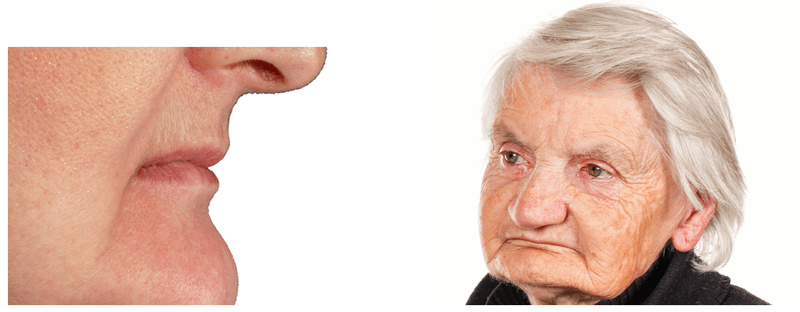
发音评估
最好进行可靠的发音测试,重点测试“ch”、“s”和“j”(用于指示平均发音间隙)是否能够准确、重复地发音。如果发出齿擦音的过程中牙齿之间的距离过大,则表明存在较短的 VDO;而接触前牙或发出卡嗒声则表明 VDO 可能过大。在使用治疗衬底修改旧义齿以便恢复/建立最佳 VDO 时,发音测试尤其有效。
种植体治疗
在考虑到可容纳种植体和口腔修复组件的牙弓间空隙要求的情况下分析缺齿患者的 VDO 在种植体治疗方案设计时是至关重要的。

